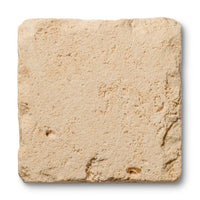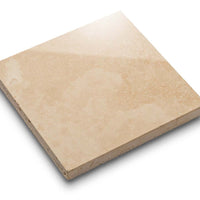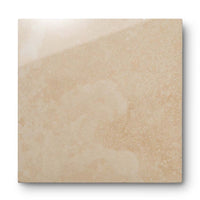There are many details to consider when choosing a fireplace, from the material to the style to the functionality. The size of your mantel may be low on your priority list, but in fact, this component comes with several important considerations. Some are related to your aesthetics, and others depend on the constraints of your space, such as the room size and layout. There are also specific codes and standards that your mantel must adhere to for safety reasons. In this post, we'll discuss all of these factors so you can make the best choice for your home.
Mantel Size and Style
The decision to go with a custom fireplace likely began with a visual concept. Perhaps you pictured an attention-grabbing focal point for your room, or maybe you imagined a smaller, more modest design.
The overall look of your fireplace will dictate the appropriate size of your mantel to some degree—a thick, imposing mantel would overwhelm a slimmer fireplace and vice versa—but you have some leeway to be creative and use the mantel to round out your vision. The mantel can blend into the general shape of the fireplace, or it can stand out as a statement piece on its own.
Designers aim for a harmonious, well-planned look by creating a gentle interplay between the room, mantel, and other decor. However, one cautionary consideration is to keep in mind elements of the room that are permanent.
The Question of Functionality
Design and aesthetics are the fun part of this process, but there are also more practical aspects to consider. For instance, if you have a chimney breast—a section of your interior wall that juts out to cover your chimney—you'll want to ensure the mantle is no wider than that, as an overhang can look strange and create a hazard. Instead, you want the chimney breast to "frame" the fireplace.
If you're working with a flat wall, you don't have to worry about this. In that case, the question of mantel size will mainly have to do with how you will use it. Will you hang garlands and stockings during the holidays? Do you want to display family photos or other keepsakes? Make sure the depth of your mantel provides you with enough space to use it as you envision year-round.
A Note on Fire Codes and Standards
Before building and installing your custom fireplace, it's helpful to understand a few basic safety guidelines. Specifics depend on your local building code. According to standard regulations, it is recommended to maintain a distance of 12 inches between the bottom of the mantel and the top of the fireplace opening. Additionally, add another inch to that distance for every inch the mantel protrudes from the wall. For example, a mantel that is 6" deep would be attached 18" above the fireplace opening.
Natural stone fireplaces may be exempt from these requirements compared to materials like cast stone due to the high fire rating. Many wood fireplace mantels will even have specific warnings about their minimum placement distance.
The "face height" (or the thickness) of the mantel will change the dimensions of the fireplace overall. MATERIAL's artisans fabricate fireplace designs, taking all of this into account. For more information or guidance, request a virtual consultation with our experts to begin your custom fireplace mantel design.














